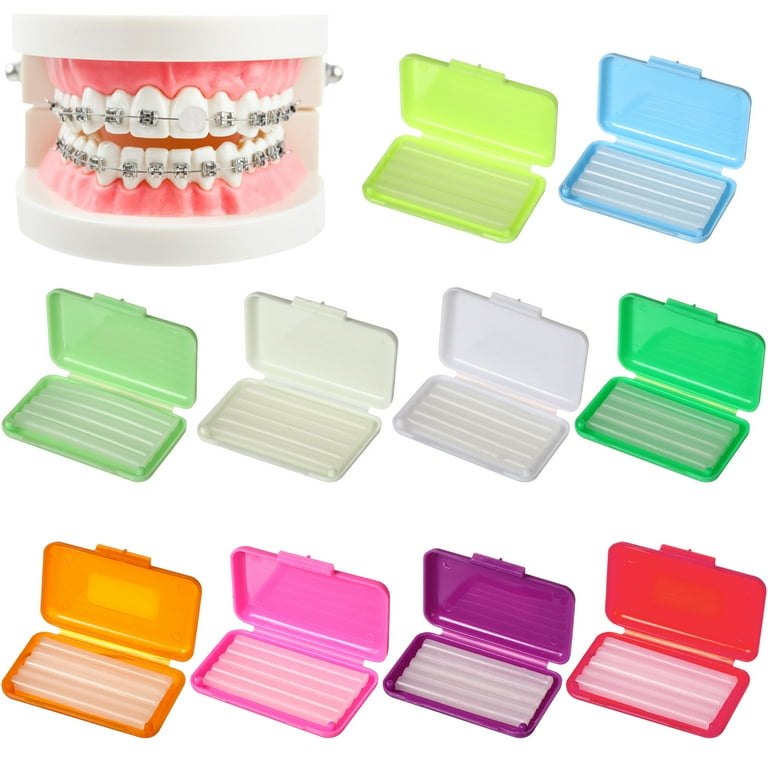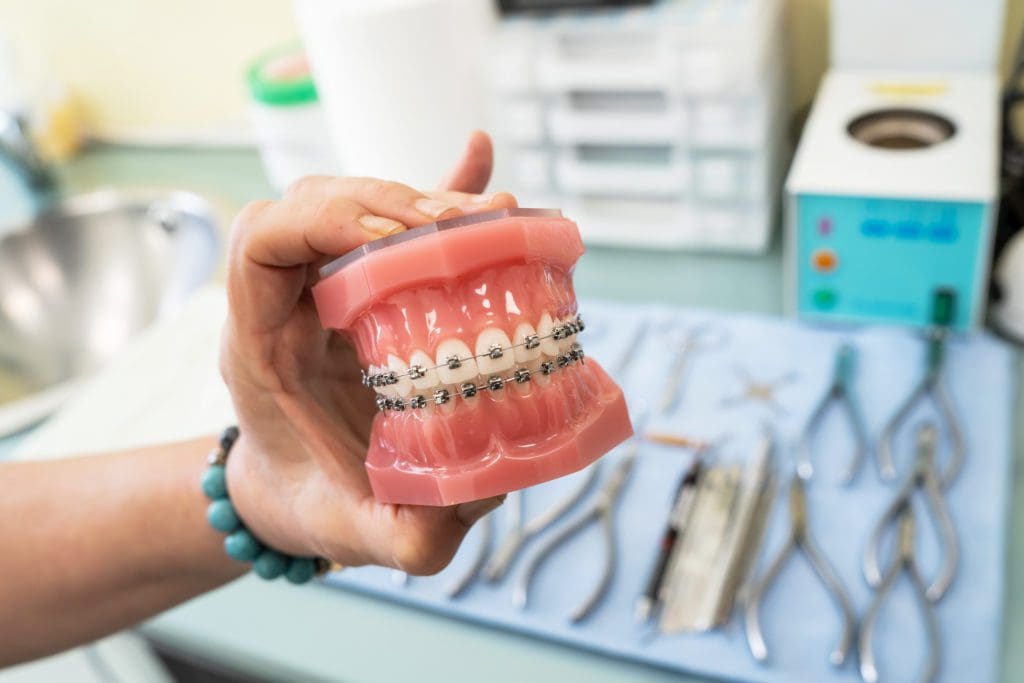Selecting the most effective Cumming Orthodontics for Effective Braces and Aligners Solutions
Selecting the most effective Cumming Orthodontics for Effective Braces and Aligners Solutions
Blog Article
Comprehensive Guide to Orthodontics Procedures for Remedying Dental Misalignments
In the realm of orthodontics, the journey to attaining a completely lined up smile includes a myriad of treatments tailored to correct dental misalignments. From typical braces to unnoticeable aligners and even surgical options, the field of orthodontics offers a series of solutions to attend to differing levels of oral abnormalities. Comprehending the intricacies of each treatment, including their systems, advantages, and potential drawbacks, is essential in making educated decisions about one's orthodontic treatment. As we browse with the extensive overview to orthodontic procedures for remedying oral misalignments, the complex details of each technique will certainly unfold, clarifying the course towards a unified and functional oral alignment.
Orthodontic Procedures Summary

Along with traditional braces and clear aligners, orthodontists might also advise various other treatments like headwear, palatal expanders, or retainers to deal with particular placement issues (invisalign). These procedures are customized per client's one-of-a-kind requirements and might entail a mix of treatments to achieve the preferred outcomes. Routine adjustments and monitoring are essential parts of orthodontic therapy to ensure progression is on track and to make any kind of needed adjustments in the process. By going through orthodontic procedures, people can not only accomplish a straighter smile but additionally boost their total dental wellness and function.
Traditional Dental Braces: Just How They Function
When taking into consideration orthodontic treatments for dental imbalances, typical dental braces stick out as a reliable approach for correcting teeth placing. Typical dental braces include brackets, cables, and bands that function together to use constant pressure on the teeth, progressively moving them into the preferred placement. The braces are connected to the teeth utilizing an unique adhesive, and the cords are threaded through the braces. By readjusting the tension of the cords, orthodontists can control the direction and pressure related to each tooth, assisting them right into appropriate placement in time.
One secret facet of how typical braces work is the process of bone renovation. As pressure is used to the teeth through the dental braces, the bone surrounding the teeth is improved to sustain the brand-new tooth placements. This improvement is vital for the long-term security of the remedied positioning. Clients will need routine modifications at the orthodontist's workplace to guarantee the braces proceed to use the right stress for effective teeth motion.
Unnoticeable Aligners: Advantages And Disadvantages
Unseen aligners use a practical and discreet alternative to conventional braces for remedying dental misalignments. These clear, customized trays are essentially unnoticeable when used, making them an enticing choice for people seeking a more visually pleasing orthodontic therapy. Among the main benefits of unnoticeable aligners is their removability, enabling easier maintenance of oral health compared to conventional dental braces. Patients can remove the aligners prior to eating or brushing their teeth, decreasing the danger of food obtaining stuck in the device and simplifying the cleaning process.

Surgical Orthodontic Options
Surgical treatments in orthodontics existing feasible options for addressing complex dental imbalances that might not be efficiently solved via standard orthodontic treatments. While invisible aligners and conventional braces can remedy several orthodontic concerns, particular cases call for surgical intervention to accomplish ideal outcomes. Surgical orthodontic alternatives are normally suggested for serious malocclusions, substantial jaw disparities, and cases where the underlying bone structure needs alteration to accomplish proper positioning.
One usual surgical orthodontic procedure is orthognathic surgical procedure, which involves repositioning the jaws to remedy useful problems such as difficulty talking or eating. This surgery is usually carried out in partnership with an orthodontist who aids line up the teeth before and after the treatment. Surgical orthodontics might likewise involve treatments to subject influenced teeth, remove excess periodontal tissue, or reshape the jawbone to create a much more harmonious face account.
Prior to taking into consideration medical orthodontic options, people undertake a thorough evaluation to determine the necessity and potential benefits of such treatments. cumming orthodontics. While surgery may appear difficult, it can significantly boost both the function and aesthetics of the smile in situations where standard orthodontic therapies fail
Retainers and Post-Treatment Treatment

Post-treatment treatment involves following the orthodontist's guidelines carefully. This may include proper oral health techniques, attending follow-up appointments, and putting on the retainers as prescribed. Failing to follow post-treatment care guidelines can cause relapse, where the teeth progressively relocate back in the direction of their initial placements. Regular retainer wear, excellent dental health, and normal oral examinations are crucial for maintaining the outcomes achieved with orthodontic surgical procedure and making sure the long-lasting stability of the corrected oral alignment.
Final Thought
To conclude, orthodontic treatments provide different choices for dealing with oral imbalances. Traditional braces use steel braces and cables to move teeth into correct positioning. Undetectable aligners give an even more discreet option yet may not be suitable for all situations. Surgical orthodontic options are my response available for a lot more severe imbalances. Retainers are commonly utilized post-treatment to maintain the brand-new placement. On the whole, orthodontic treatments can properly boost dental health and visual look.
As we browse via the extensive overview to orthodontic treatments for dealing with oral imbalances, the detailed details of each approach will certainly unfold, dropping light on the path toward a harmonious and useful oral alignment. - aligners
One of the most typical orthodontic treatments is the usage of braces, which are composed of steel brackets and wires that use gentle pressure to progressively change teeth into the wanted setting.When thinking about orthodontic therapies for dental imbalances, traditional braces stand out as a time-tested technique for dealing with teeth positioning. Additionally, unnoticeable aligners might not be appropriate for complicated orthodontic issues that require more substantial teeth activity, as they are commonly suggested for moderate to moderate cases. Retainers are personalized orthodontic devices made to hold teeth in their corrected placements after the conclusion of orthodontic therapy.
Report this page